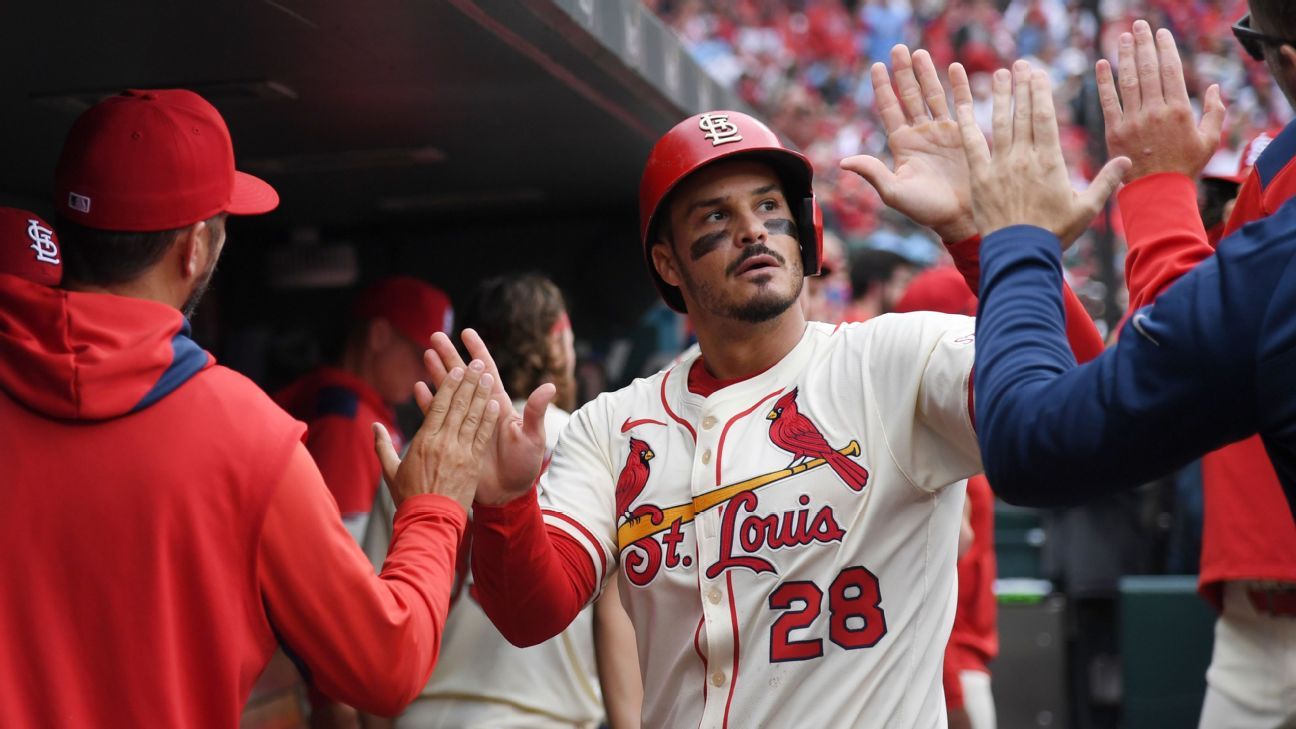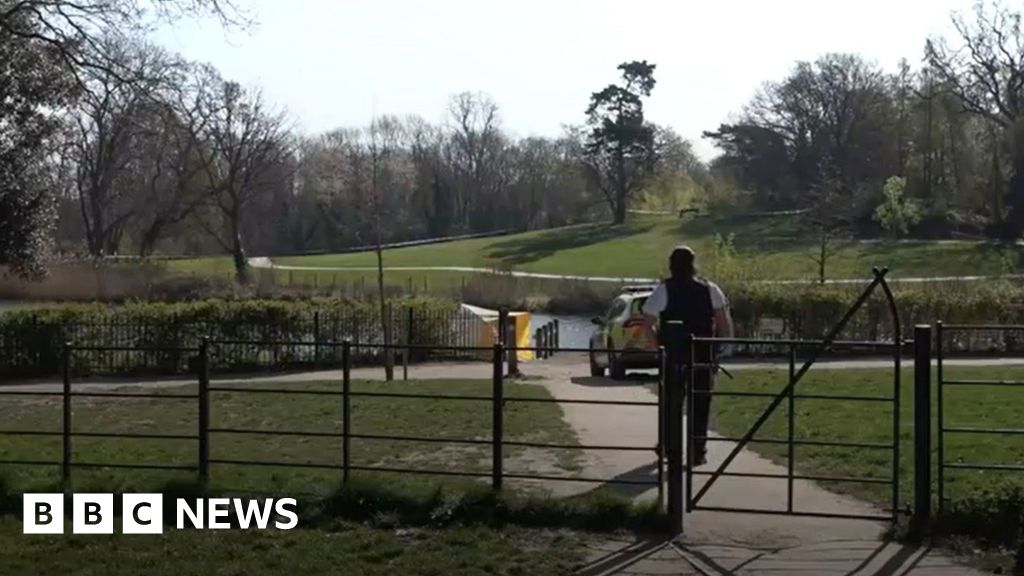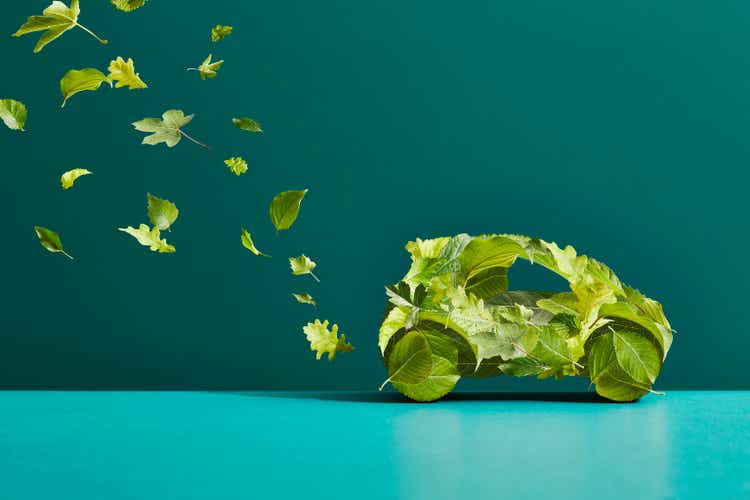The stars of MotoGP , motorcycle racing’s equivalent to Formula One , tend to start young – most top riders don a helmet and straddle a little motorbike almost as soon as they can walk. Often, they are inspired by a racing dad or older brother, but eye-catching Japanese rookie star Ai Ogura had an unusual inspiration: his big sister, Karen. “Well, my sister started earlier than me.
She started with a pocket bike when she was three,” Ogura tells CNN Sports . “So in between us, there’s two years’ difference. “When I was small, I was not interested in MotoGP or other races, I mean, to watch on the TV, so I didn’t have idols like everybody, like Valentino (Rossi) as my idol, or (Casey) Stoner, or (Jorge) Lorenzo, or something like that.

So, my sister was the one that I was looking up to.” Little brother versus big sister Ogura grew up in Kiyose, a suburb in Tokyo’s commuter belt. His father raced bikes at an amateur level, so he and his family devoted much of their free time to racing.
“Every weekend, me and my sister, and my father, my mother, used to go to the circuit and we were just a normal family,” Ogura says. Perhaps inevitably, a young Ai began taking to the track himself with sister Karen. “(We raced together) a lot, especially in the pocket bike time.
And we were in the same class, and she always beat me. It’s not a good memory for me, but for her, yes,” the now 24-year-old laughs. Karen Ogura went on to enjoy success as a professional rider, eventually racing in Moto America in the United States.
Ai instead found his opportunity in the feeder classes of MotoGP, beginning with the Asia Talent Cup, graduating to the Red Bull Rookies Cup, then into Moto3 and Moto2. It was in that penultimate class of racing that Ogura caught the attention of a somewhat unlikely top-flight suitor. When storied NASCAR franchise Trackhouse announced it was rolling onto the MotoGP grid just weeks before the start of the 2024 season, its last-minute arrival surprised many.
Backed by rapper Pitbull , and with bikes decked in boldly patriotic Stars & Stripes livery, the team looked set to bring All-American-style razzmatazz to motorcycle racing’s international premier class. After a respectable but unspectacular first season, many expected the Nashville-based organization to double down on its American identity and bring promising Californian rider Joe Roberts into its stable for 2025. But Justin Marks, the former NASCAR racer who heads up Trackhouse, was instead keen to scan the field.
“We wanted to bring in somebody that we could build, that could grow with the team and that we could be with for a long time,” Marks tells CNN. “So, when we were looking at the rookies, you know, there was a lot of opportunity in Moto2, there’s just so much talent, there’s not really an outlier that’s like the one guy.” Making a bet Ogura appeared to have the kind of talent and temperament that would allow him to thrive in the intensely demanding MotoGP class, but Davide Brivio, the veteran Trackhouse Team Principal, admits it was a gamble.
“You kind of make a bet, you know, because you choose a guy that is in Moto2, there’s no chance to test in MotoGP. You cannot make any assessment. You just have to rely on potential, you know? In future potential,” the Italian explains to CNN Sports.
“And that’s what we did with Ai. We thought he was talented. We thought that he had a riding style close to MotoGP, or potentially becoming a MotoGP style.
Also, we really liked his approach last year, sometimes in difficulty, some bad starts, to keep recovering, resilience, and fighting.” Ogura signed for Trackhouse mid-way through the 2024 season, then promptly went on to win the Moto2 title, apparently vindicating the team’s decision. Just as importantly, Brivio says, Ogura’s apparent calm demeanor turned out to be a genuine cornerstone of his personality.
“Of course, we found out this later again. It’s a bet – you don’t know the potential, but also in reality, you don’t know the person or what their approach is,” Brivio says. “When you live in the same garage, you spend time in the garage, and then you talk to the crew chief, to the technician, then you figure out the characteristics of a rider, and we found out he’s very, yes, very calm.
He wants to learn, but step by step, taking the right time to understand.” Marks says the choice of a Japanese rider rather than an American to join Spaniard Raúl Fernández, who occupies the other half of the Trackhouse garage, was also a conscious nod to the brand’s international ambitions. “There are two lines of thought: one is, you know, do we lean so far into the American idea of our team, do we just stack it with Americans and make it that above everything else? Or is the MotoGP Trackhouse team really the international growth vector for the Trackhouse brand?” the 44 year-old explains.
“Ultimately what we landed on, while we want to lean into the fact that we’re an American team and celebrate that, this truly is the function of the company that expands globally and internationally.” The big step up The step up from Moto2 bikes to the snarling, high-tech, vividly rapid and often unforgiving beasts of MotoGP can be a big one, but Ogura barely seemed to blink. In his debut race, the 2025 season opener at a sweltering Chang International Circuit in Thailand, he qualified in fifth place, going on to wrestle his Aprilia RS-GP25 to fourth in the Sprint race and fifth in the main Grand Prix contest.
“To me, (moving up to MotoGP) is just the same as other categories. When I stepped up from the junior categories to Moto3, and from Moto3 to Moto2, for me it’s a really similar step,” says Ogura. “Of course, the riders I face this year, everybody is a world champion, so for this, it is a little bit different, but for the bike, there’s not so much difference because to arrive, ‘Okay fast,’ let’s say, is quite easy.
“But from there, to find another five- or six-tenths is always a problem, and that’s what I had mostly in Moto2, so for me what I’m doing is really similar, just get there, and from there just kill the problems one by one and reach the top guys.” An emotional moment Ogura does concede, however, that his first time among his new MotoGP rivals was a “pinch-me” moment. “The first few days’ official testing in Sepang was something special for me,” he smiles again.
“When I see Marc (Márquez) and other big names, for me it was kind of an emotional moment because I share the track with all those great riders.” But his thoughts quickly turned to competition. “Now, it’s just – I’m one of the MotoGP riders, and I have to be better than all the other riders.
So now I’m a bit more calm on the track. But the first few days were a little bit like – to beat Marc Márquez, there’s no way, but now things start to be a little bit more realistic.” Ogura followed up his striking opening MotoGP weekend with an eighth place in the Argentina MotoGP before being disqualified for a technical irregularity.
At a chaotic MotoGP of the Americas in Austin, he managed a highly respectable ninth in both Sprint and GP. In the paddock at Austin, Japanese MotoGP fan Ippei Suzuki was sporting an Ogura t-shirt and spoke excitedly about the rookie’s prospects. “He’s a very quick guy.
I’m following other Japanese riders too, but he is outstanding,” he says to CNN. “Most Japanese riders are supported by Japanese bike makers, but Ai went out from Honda and went into Aprilia, and that is one promising thing, he no longer needs support from a Japanese bike maker, so that for me is I think outstanding.” Growth in the States For Trackhouse, the success of their Japanese rookie has been a pleasant surprise, but both Brivio and Marks underline that this is a long-term project.
Learning its way into its second season in MotoGP, the team’s ambitions for Ogura and Fernández this season lie in incremental progress. A rather more abrupt change for the organization came in February, when Pitbull announced his departure from the project on social media. But Marks sees a bright future for both his team and the sport of MotoGP in the United States, especially if Formula One owner Liberty Media’s deal to take over MotoGP is finally ratified.
“There’s a huge growth opportunity in the US. I think the timing is great, that an American media company wants to come in and own it, learn it, and really grow it in the United States and grow it and develop it globally,” Marks says. “I hope that they can get it done, because I think that we can be a big part of their strategy and growing it in the US.
We’ve already got a lot of NASCAR fans watching MotoGP for the first time, and I think, as they get the Liberty deal done, we can have a really close relationship with Liberty and really work with them growing in the United States from a marketing standpoint, a competition standpoint, fan engagement, all that kind of stuff.” As for Ogura’s own home country, the young rider from Tokyo hopes he and his compatriots can raise the profile of MotoGP once more in the birthplace of some of the sport’s most iconic manufacturers. “There are so many good Japanese motorcyclists now, so maybe it’s time to do something,” Ogura says.
“I need a better result to wake the Japanese fans,” he smiles..
















